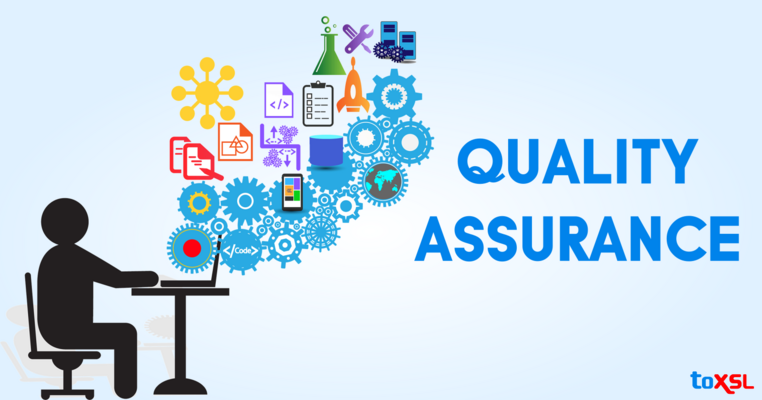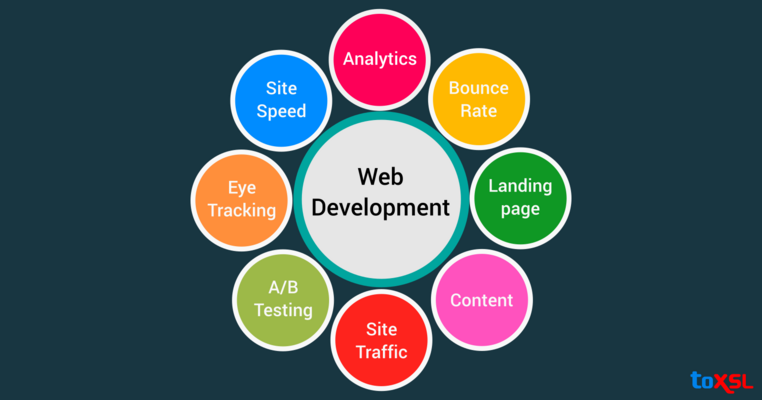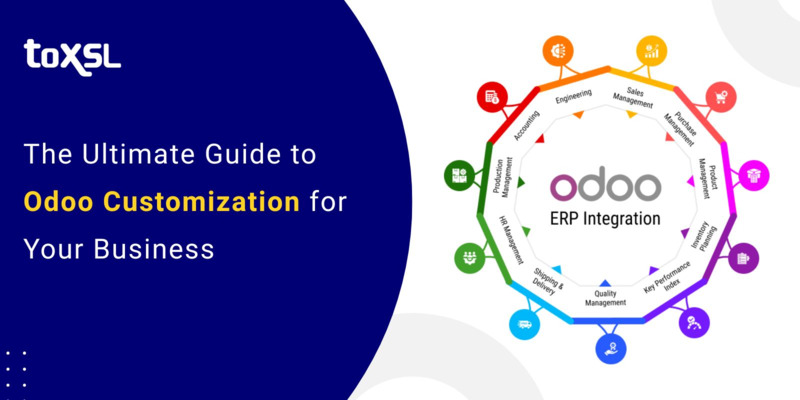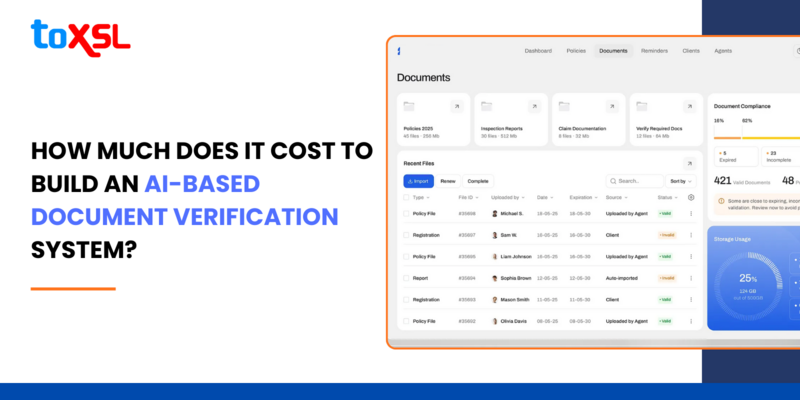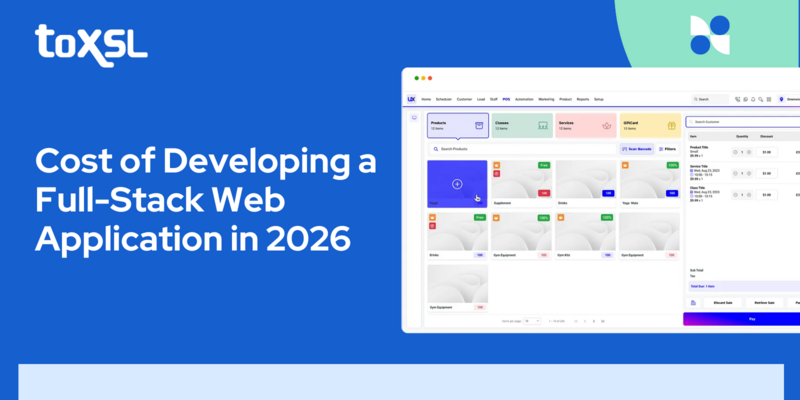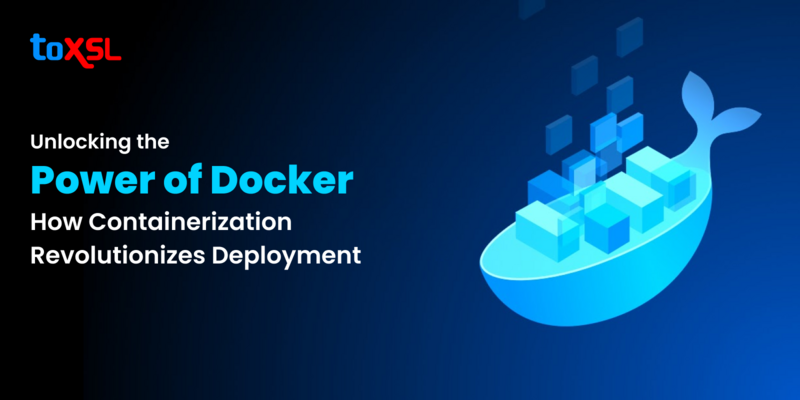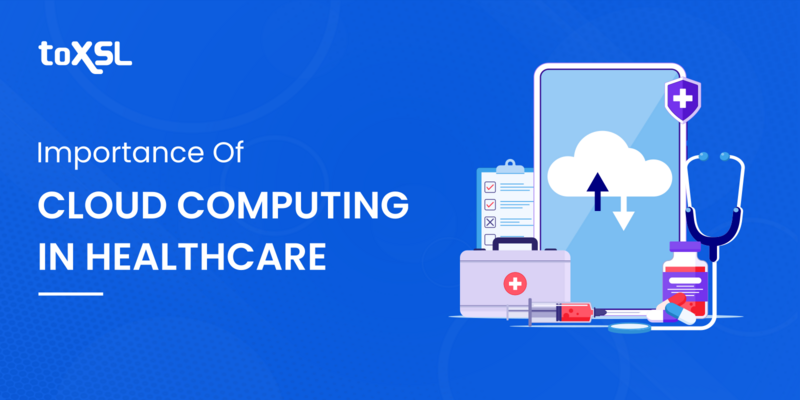- Dec 27, 2025
Share this post on:
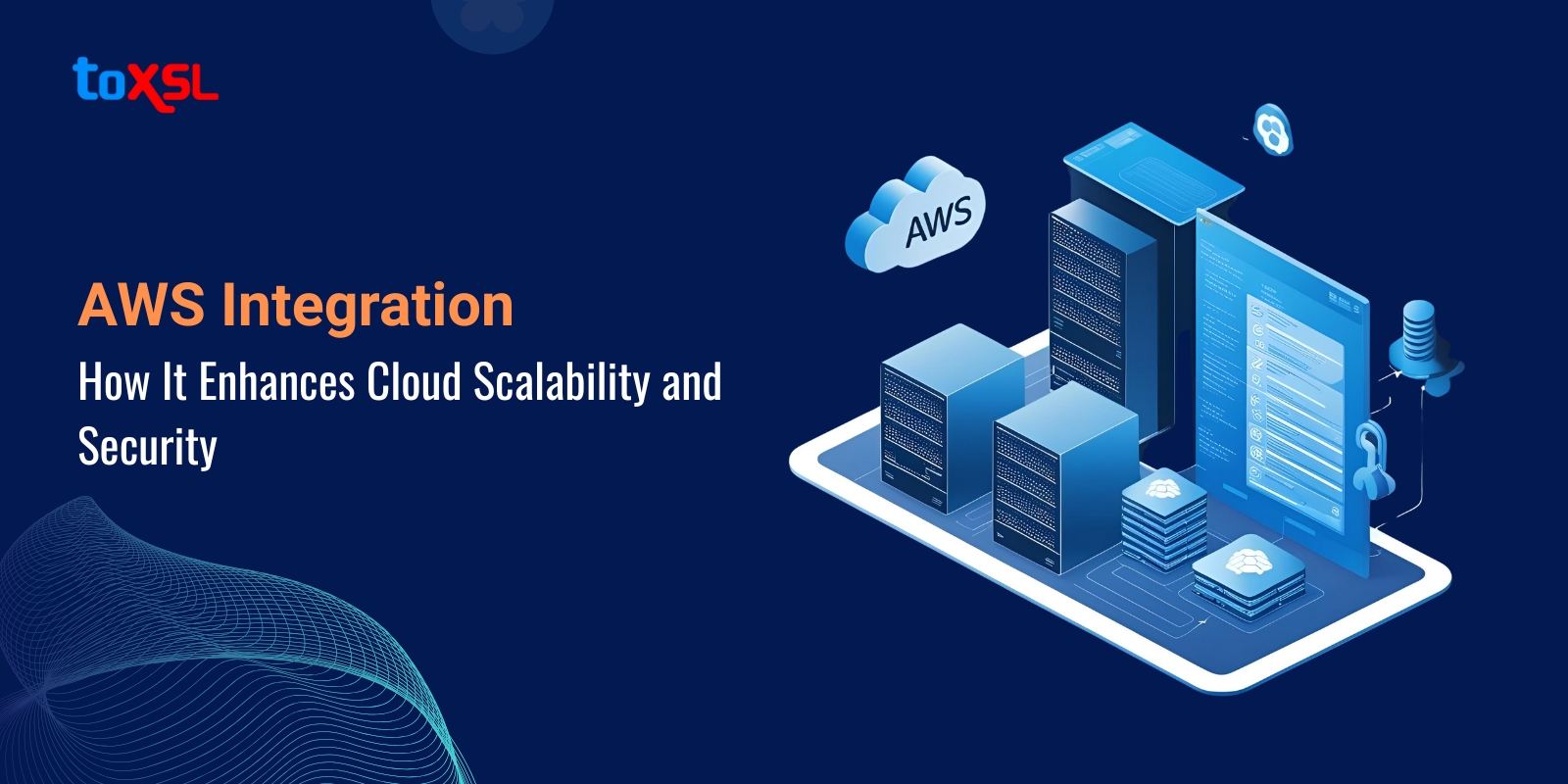
Did you know that over 90% of enterprises now use cloud services, andAWS alone holds roughly one-third of the global cloud market? AWS (Amazon Web Services) cloud infrastructure provides flexible solutions to businesses worldwide.
Today, we live in an evolving landscape of cloud computing where businesses demand solutions that scale efficiently and maintain security. AWS integration helps businesses connect different services and applications. But integrating AWS into cloud strategy, businesses can achieve unparalleled scalability and security, helping them innovate, optimize costs, and protect digital assets. AWS integration refers to the seamless adoption of AWS services into a business, helping them leverage AWS’s huge ecosystem of tools for computing, storage, networking, and security management. This integration process is designed to help the organization scale its operations dynamically while following security rules and regulations.
Key Takeaways
- AWS integration is essential for modern cloud environments, enabling seamless communication between services, and applications.
- Scalability improves through automation and elasticity, allowing resources to scale up or down in real time based on demand.
- Automated monitoring and policy-driven controls reduce security risks, even as cloud environments grow in size.
- Compliance becomes easier with unified logging and standardized security enforcement, especially for regulated industries.
- Operational efficiency increases, leading to faster deployments, lower costs, and improved system reliability.
Understanding AWS Integration
AWS integration refers to the process of connecting various AWS services with each other, as well as integrating AWS with on-premises systems, third-party tools, SaaS platforms, and custom applications. Instead of operating in silos, systems communicate seamlessly through APIs, event-driven architectures, and managed integration services.
At its core, AWS integration enables:
Data flow across systems
Automated workflows
Real-time communication
Centralized monitoring and control
This interconnected architecture is what allows cloud environments to scale efficiently while maintaining strong security controls.
How AWS Integration Enhances Cloud Scalability
However, AWS services are powerful on their own, the real magic happens when they work together. Integration unlocks a range of benefits. Let us discuss them in detail:
Cost Optimization
Cost optimization is one of the best reasons to integrate AWS into your business. It works on a pay-as-you-go model. This means businesses only have to pay for the resources they have consumed, saving them a lot of money. AWS offers significant financial advantages to businesses worldwide, making businesses flexible enough to scale their resources up and down based on demand. Furthermore, AWS comes with numerous pricing models, including Reserved or Spot Instances, reducing costs for predictable workloads.
Unmatched Scalability
AWS helps businesses grow easily and change quickly to meet customers' needs. Businesses can quickly increase the resources you use when you're busy, like during holidays or sales, and then decrease them when things are quieter. This helps businesses perform well and save money. AWS allows you to avoid the limits of older systems so that you can handle sudden increases in visitors or data without problems. Being able to put your applications in different AWS locations means they're more reliable and run faster for people around the world. AWS offers many services, so it can meet different business needs, from simple websites to complicated data analysis.
Enhanced Security
AWS helps keep your business safe and working. They have ways to protect your information and make sure only the right people can use it. This helps your business follow the rules. AWS has a network all over the world so it can keep working even if something goes wrong. If something bad happens, AWS can help you get back to work quickly. They check their security often to make sure everything is good.
Streamlined Disaster Recovery
Not every business implements a disaster recovery (DR) plan as it is complex as well as costly. However, AWS simplifies this process for businesses by offering them cost-effective DR solutions. With that, it is easy for businesses to replicate their data and applications to a different AWS region. This ensures that AWS keeps running smoothly even in the event of a local disaster. Its automated failover mechanisms minimize downtime and ensure rapid recovery. The flexibility of AWS allows customized DR strategies, balancing cost and recovery time objectives. Also, ensure to test your DR plans to make it easier with AWS capabilities, ensuring its effectiveness when it is required.
DevOps Acceleration
AWS easily integrates with DevOps practices and helps businesses accelerate the software development and deployment process. There are a few services including AWS CodePipeline, CodeBuild, and CodeDeploy that help businesses automate the entire software delivery pipeline. Also, Infrastructure-as-Code (IaC) allows businesses to automatically set up and adjust the equipment, instead of doing it by hand. This lowers mistakes and makes sure everything is the same each time. Now that, things can be deployed faster and more reliably, businesses can develop new products and services quickly and react to changes in the market more effectively.
Data Analytics
AWS comes with a powerful suite of data analytics and business intelligence(BI) services. This suite helps businesses extract useful insights from their data. Services such as Amazon S3, Amazon Redshift, and Amazon QuickSight allow for data storage, processing, and visualization. Also, AWS has machine learning capabilities that allow businesses to build predictive models and customize customer experiences. These insights help businesses make strategic decision-making, improve operational efficiency, enhancing revenue growth.
Improved Collaboration
AWS integration can improve organization's collaboration and productivity. Cloud-based services improve real-time collaboration in docs and projects. Centralized data storage ensures that everyone has access to the information they need. Offering remote access empowers employees to work from anywhere. This flexibility help your employees improve work-life balance, increasing efficiency and innovation.
How to Integrate: Key AWS Services & Patterns
In this section, we will discuss some patterns and key AWS services commonly used:
Amazon SQS (Simple Queue Services)
Amazon SQS helps businesses manage queuing services. These services offer a secure, durable, and available hosted queue, allowing businesses to integrate and decouple distributed software systems and components. Amazon SQS allows you to send and receive messages securely.
Amazon SNS (Simple Notification Service)
Amazon SNS is a fully managed publish/subscribe service. Publishers are also called producers and subscribers are called consumers. Publishers talk with subscribers by sending them messages through a communication channel. Amazon SNS enables real-time notifications and event-driven architectures. For example, sending email notifications when a new file is uploaded to S3.
AWS Step Functions
The AWS step function is a visual service that allows businesses to handle multiple AWS services in complex workflows. It is a serverless orchestration service that makes it easy for developers to develop and manage multi-step app workflows in the cloud.
AWS Glue
AWS glue is a serverless fully managed ETL (Extract, Transform, Load) solution that simplifies data integration by allowing businesses to discover, transform, and load data from multiple sources.
Amazon Event Bridge
Amazon Event Bridge is a serverless event bus that allows the decoupling of apps and services, allowing them to react to events in real time. It enables communication between AWS services and third-party SaaS applications. Amazon Event Bridge is used for numerous tasks such as integrating AWS services, data processing, automating event-driven architecture, scheduling, monitoring, and integrating SaaS apps.
API Gateway
Amazon API gateway manages and secure APIs by enabling integration with backend services. Amazon API Gateway helps developers build connections between apps and your systems.
AWS Lambda
AWS Lambda is a service from Amazon that allows businesses to run small programs without having to manage servers. Developers can write these programs, called functions, in a supported language, and then upload them to AWS Lambda. AWS Lambda takes care of running those functions quickly and reliably.
Best Practices for AWS Integration
Integrating your applications and services with Amazon Web Services (AWS) offers incredible flexibility, scalability, and access to a vast ecosystem of tools. However, a poorly executed integration can lead to performance bottlenecks, security vulnerabilities, and operational headaches. Here are the best practices to ensure a robust and reliable AWS integration.
1. Know What You Want to Achieve:
Before you start connecting with Amazon Web Services (AWS), figure out why you're doing it. Are you trying to move some of your work to AWS, use programs that run automatically, or use specific services AWS offers? Knowing this helps you plan what you need to do and keeps the project focused.
2. Choose the Best Way to Connect:
There are different ways to connect with AWS, and each one has its pros and cons. Here are a few examples:
- API Gateway: Like a doorway for your programs to talk to AWS, it handles security and limits how many requests can be made.
- Direct Connect: A fast, dedicated connection between your computers and AWS.
- AWS Lambda (Serverless): Lets you run programs without managing servers – great for tasks that happen automatically.
- Message Queues: A way for different parts of your programs to talk to each other without needing to be constantly connected.
- Event Bridge: A central hub that directs messages between AWS services and your programs.
- Data Migration Services: Tools to help you move large amounts of data to AWS.
The best way depends on what you need to do.
3. Keep Things Secure:
Security is really important. Use AWS Identity and Access Management (IAM) to control who can access what in AWS.
- Least Privilege: Only give people the access they need to do their jobs. Don't use the main "admin" account for everyday tasks.
- Multi-Factor Authentication (MFA): Make sure everyone uses an extra layer of security, like a code sent to their phone.
- Regular Checks: Look over your security settings regularly to find and fix any potential problems.
- Encryption: Protect your data by scrambling it, both when it's stored and when it’s being sent.
4. Use Code to Manage Your Setup:
Setting up AWS resources by hand can be tricky and cause errors. Instead, use tools like AWS Cloud Formation, Terra form, or AWS CDK to automate the process.
- Version Control: Keep track of your setup code so you can easilygo back to earlier versions if needed.
- Automation: Automate the setup process to make sure everything is done consistently.
- Testing: Test your setup code before you put it into action to catch errors early.
5. Watch and Learn:
Keep an eye on how things are running and collect information about what's happening.
- AWS Cloud Watch: Use Cloud Watch to track performance, set up alerts, and gather logs.
- Centralized Logging: Collect all the information from different parts of your system in one place for easier analysis.
- Automated Alerts: Set up alerts to tell you about problems before they affect users.
- Tracing: Track how requests move through your system to find bottlenecks.
6. Work Smarter, Not Harder (and Save Money):
Make sure you're using the right amount of resources.
- Right-Sizing: Adjust the power of your computers to avoid wasting resources.
- Caching: Store frequently used information so it loads faster.
- Cost Optimization: Use tools to find ways to save money on your AWS bills.
- Auto Scaling: Automatically adjust the number of computers based on demand.
7. Work as a Team:
Treat connecting to AWS as part of a larger team effort.
- Automated Testing: Regularly test to make sure everything is working as it should.
- Automated Deployment: Automate the process of releasing new versions of your programs to reduce errors and speed things up.
Conclusion
So, can your cloud infrastructure scale securely as your business grows? Can it adapt instantly to demand while protecting sensitive data? AWS integration is the answer.
By connecting services, automating workflows, and enforcing consistent security controls, AWS integration enhances both cloud scalability and security. It transforms the cloud from a collection of isolated services into a powerful, intelligent ecosystem that grows with your business—securely, efficiently, and confidently. In a world where speed, scale, and security define success, AWS integration is no longer optional. It is the foundation of modern cloud strategy. Contact us to learn more.
Frequently Asked Questions
1. What is AWS integration?
AWS integration refers to incorporating Amazon Web Services into your existing infrastructure to enhance cloud capabilities. It allows seamless access to AWS tools, enabling businesses to scale their operations and improve security through robust, reliable cloud-based solutions like EC2, S3, and IAM.
2. How does AWS improve cloud scalability?
AWS improves scalability by offering on-demand computing power, storage, and resources. With services like Amazon EC2 and Elastic Load Balancing, businesses can automatically adjust resources based on demand, ensuring optimal performance, cost-efficiency, and the ability to handle sudden traffic spikes without downtime.
3. What security features does AWS provide for cloud environments?
AWS provides advanced security features like encryption (at rest and in transit), identity and access management (IAM), multi-factor authentication (MFA), and security monitoring tools. These features ensure data protection, compliance with regulations, and continuous threat detection, making AWS a secure choice for cloud infrastructure.
4. How does AWS enable cost-effective cloud scaling?
AWS enables cost-effective cloud scaling by offering pay-as-you-go pricing models. Businesses only pay for the resources they use, which helps avoid over-provisioning. Services like Auto Scaling and Amazon RDS ensure automatic resource adjustments, reducing unnecessary costs while maintaining system performance and reliability.
5. What are the benefits of integrating AWS for cloud security?
AWS integrates various security services like AWS Shield, AWS WAF, and AWS GuardDuty to offer a multi-layered approach to cloud security. These tools help protect against DDoS attacks, malicious activity, and data breaches, ensuring that applications and data are secure in the cloud.



